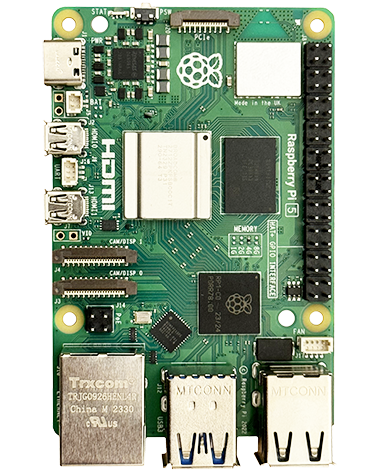Using pip You have to use a virtual environment under Raspberry Pi OS when using pip to install packages, the OS will block you without one.
All posts by
SECO Clea HMI on Raspberry Pi
SECO’s Clea software is available natively in Raspberry Pi OS: https://www.raspberrypi.com/news/seco-clea-software-for-iiot-available-natively-in-raspberry-pi-os/
.Iptables general
Important to understand Rules are read from top to bottom As soon as a rule is found that covers whatever is happeneing at the firewall, it is used and anything below ignored. So, for instance, a DROP deny all rule (sudo iptables -A INPUT -j DROP) must be last because everything after it in that […]
Install Apache and PHP
These instructions are good for installing on Ubuntu or Raspberry Pi OS. Ensure all packages are updated before you start Install apache2 Install PHP Test the web server Get the server IP address using: Type it into a browser, you should see the default Apache webpage (use http, not https!) Web files location By default: […]
Security admin tips
A few important bits to look at as an Ubuntu server sysadmin Some useful sysadmin commands Display all current connections, listening services, and processes Really useful Ubuntu sysadmin utility: If its not present, use this to install it: sudo apt install net-tools To only see the runnign services, use: Check for Rootkits The “rkhunter” package […]
Update server
Manual get all updates
.Setting up a secure Ubuntu server
The backstory that prompted this page – ibex.tech/under-the-hood A Raspberry Pi running Ubuntu makes a great little server for the internet. You could use Raspberry Pi OS, but Ubuntu has become a pretty standard choice for Linux servers on the internet so arguably better to use that to maximise chances of avoiding security vulnerabilities. These […]
Monitoring processes & resource usage
Command line processes and CPU + memory usage Open a terminal window and type this command:
.Using camera
Command line List connected cameras Preview camera image Use Ctrl+C in the terminal or the close button on the preview window to close preview.
IO pins and input & outputs
GPIO Zero makes you access pins as if they are devices, but you can use them like normal inputs and outputs too. https://gpiozero.readthedocs.io/en/stable/api_input.html#inputdevice https://gpiozero.readthedocs.io/en/stable/api_output.html#gpiozero.OutputDevice

